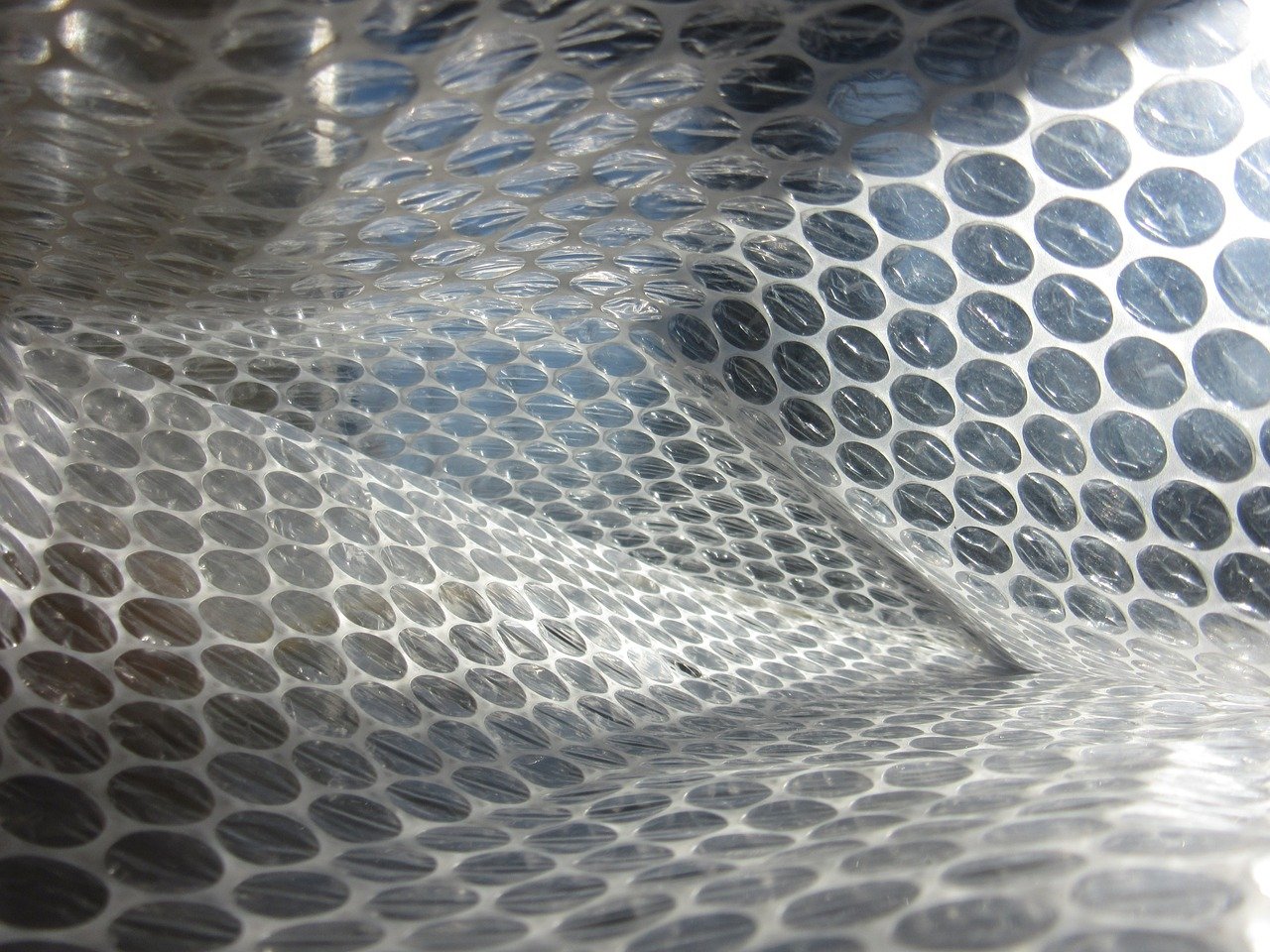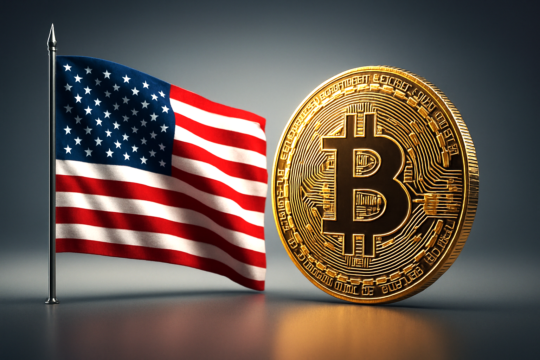We all enjoy playing with bubble wrap. At times, those tiny air-filled pockets are more popular than the package they protect. Ever wondered who makes that? It´s called the insulation industry and there is a whole competitive market out there.
The size of the global insulation market was estimated at USD 52.18 billion in 2018 and is projected to grow at a CAGR of 5.7% during 2019-2025. Increasing consumer awareness regarding energy conservation, coupled with rapid industrialization and urbanization in emerging countries like China, India, Philippines, Malaysia, and Indonesia, push for better infrastructure. Also, higher regulatory support and demand for residential and industrial insulation are projected to boost the product demand.
How is India faring in this market? To find out, The Tech Panda spoke to Brijesh Patel, MD of Aerolam, one of India’s leading manufacturers of Air Bubble and XLPE Insulation.

Brijesh Patel
The Indian market for insulation is huge. Over the last few years, the Indian insulation industry has gained growth momentum and performed comparatively well. But it still has a long way to go
“The Indian market for insulation is huge. Over the last few years, the Indian insulation industry has gained growth momentum and performed comparatively well. But it still has a long way to go because the target reduction of energy intensity of GDP is still quite unreachable in the present scenario,” he says.
Patel adds that the market still has to look for low priced products to cut down the costs. In value terms, the insulation market is driven by 7% rise in consumption.
“For further development, the Indian insulation industry requires support from the government, more testing laboratories, product standards and policies in order to meet the challenges towards achieving more business,” he says.
The Science of Insulation
Insulation is the process of obstructing heat, electricity, and sound from entering or exiting a physical space. It is achieved through the installation of insulation materials that act as a barrier for energy flow. Insulated packaging is manufactured in such a way that loss of heat from the packaged product is minimized by greatly reducing heat flow. This helps to maintain optimal temperatures of the product and prevents any deterioration during transit to the destination.
Read more: {Startup Watch: QuickSO} Helping Manage a Construction Site Through a Smartphone
Patel explains that insulation restricts heat flows through three separate mechanisms – conduction, convection and radiation. During the manufacturing process, all three aspects are strictly maintained to minimize heat transfer. Insulation packaging is recommended to preserve a product in perfect condition until it reaches its final destination.
The Indian Insulation Market Vs. the Global Market
At a global platform, the industry is expected to expand at a CAGR of 5.7% (Approx). Increasing consumer awareness regarding energy conservation is estimated to boost growth. Coupled with factors such as rapid industrialization and urbanization in emerging countries is driving the growth for the insulation market. Rapid industrialization demands for better infrastructure which in turn boosts the insulation market.
Read more: Double Bubble Wrap: The Vision Behind Insulation Leader Aerolam´s INR100 Cr Investment in Ahmedabad
While the Indian insulation industry is expanding, knowledge gaps still remain amongst common people, says Patel. The Indian insulation industry also needs support from the government in order to become a recognized industry.
“There is a need to build awareness about the insulation industry in India and the benefits of it. At this point, there is some awareness about insulation products, but that awareness lies majorly amongst the fraternity of industrialists. Common people in India still lack awareness about the importance of insulation products,” Patel concludes.












